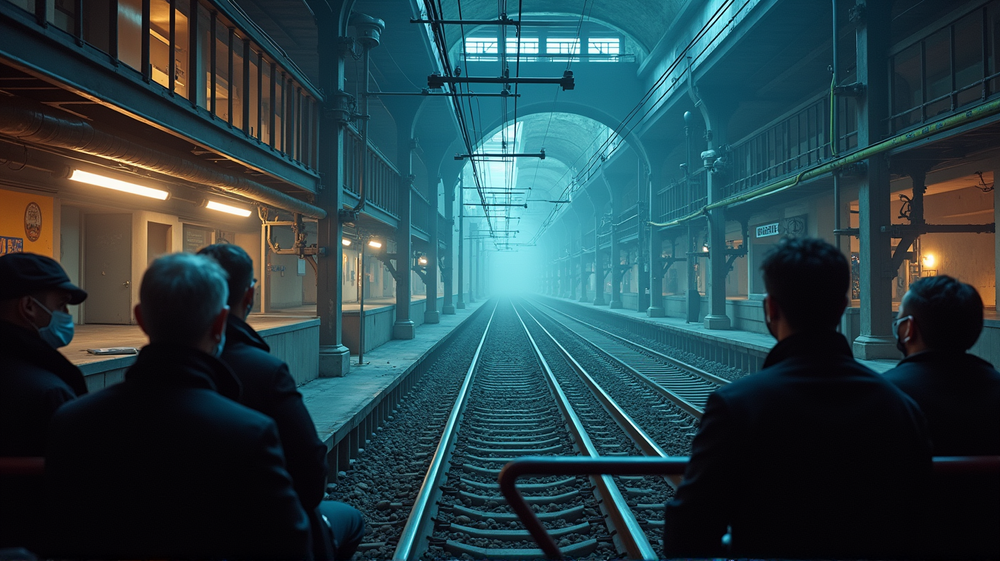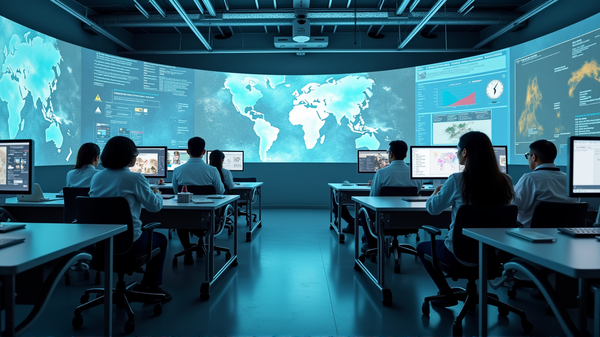Rail Safety Technology Debate: A Clash or a Path to Progress?
A House panel struggles to reconcile technological innovation with safety concerns, sparking a heated debate on automated rail inspection systems.
A Partisan Divide on the Rails
In a lively hearing at the House subcommittee, the usual partisan lines were drawn as discussions centered around the use of technology in railroads. Republicans pushed for deregulating and modernizing systems, arguing that current rules stifle progress, while Democrats expressed concerns about job security and safety.
Technology versus Safety?
Much of the debate focused on whether automated track inspection (ATI) systems should replace visual checks. According to trains.com, some, like Brigham McCown, suggest that technology should enhance rather than replace human safety checks.
“We should not view technology as an enemy but rather as an ally that enhances safety and competitiveness,” McCown noted.
Real-Life Implications
While ATI systems can locate more rail defects than human inspections, unions fear this progress could lead to reduced employment opportunities. The Brotherhood of Maintenance of Way Employes has witnessed a significant membership decline, and its president Tony Cardwell argues that automated systems cannot detect all potential track issues.
“This is a safety concern,” Cardwell emphasized. “ATI cannot find 73% of track defects.”
Searching for Consensus
While some Republicans like Rep. Doug LaMalfa posited that not all found defects require immediate attention, dissent arose over how fast railroads should react to defects found by ATI, with proposals allowing up to 72 hours for repairs drawing criticism from Democratic representatives.
Even amidst contention, figures like Rep. Seth Moulton sought consensus, urging stakeholders to leverage superior technology for safety enhancements instead of financial shortcuts.
“Why can’t we get on the same page here?” Moulton asked, alluding to wider cooperation possibilities in the rail industry.
The Path Forward
As highlighted in the hearing, the challenge lies in balancing safety, job implications, and technological advancements. The consensus remains elusive, encapsulating a broader question of how innovation should harmoniously integrate into established safety practices without undermining workforce integrity.
This debate is a microcosm of larger industry challenges, offering insight into how future regulatory frameworks might evolve to accommodate technological advancements while safeguarding human roles.




